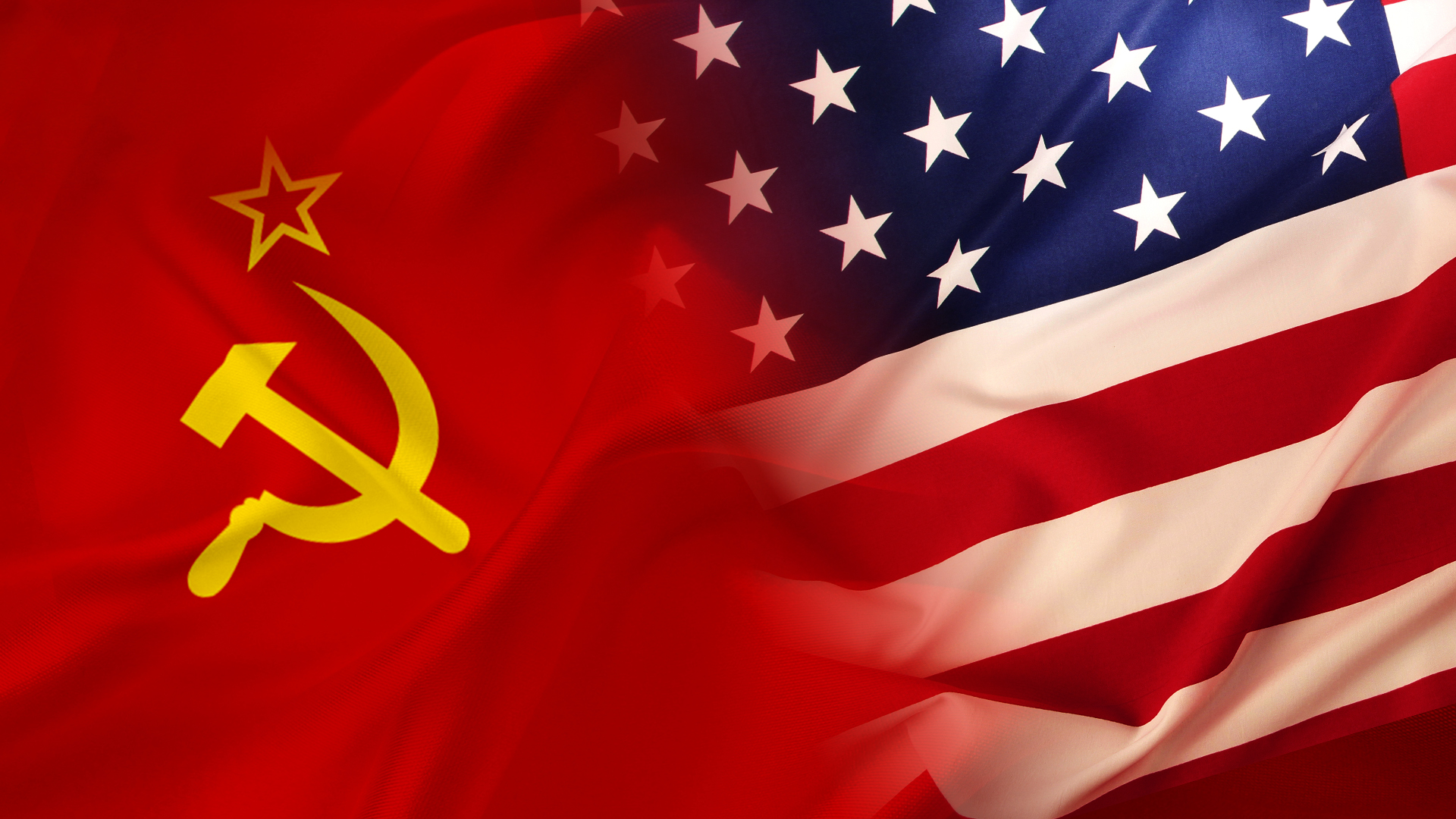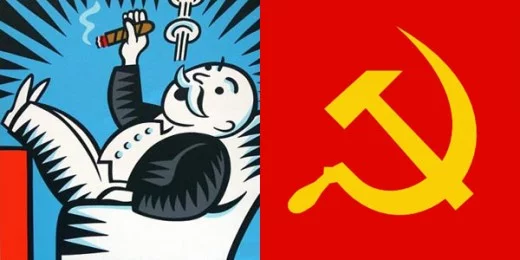9.1 Context of the Cold War and Contemporary Europe
2 min read•january 13, 2023
Sharii Liang
AP European History 🇪🇺
335 resourcesSee Units
The End of WWII
The only two survivors standing were the United States and the Soviet Union. These two nations had actually flourished into global superpowers due to the war, but their conflicting ideologies would bring about a war that would last almost half a decade.
WWII decimated the economy and political institutions of most of the world. Axis and Allied powers alike were in ruins. Their populations were ruined due to total war and the amount of young men who had died. Billions of dollars had been spent on the war effort, and governments struggled to restore their respective countries.

Rising Discourse
The economic effects of war became a source of tension between the two global superpowers. As European countries struggled to deal with the aftermath of WWII, internal and external conflicts were exacerbated. Post-war nationalist and separatist movements would lead to many atrocities within various nations, and a battle between political ideologies would be highlighted for all to see.

Societal Responses
The experience of war would bring about a general sense of anxiety in all aspects of life. Various intellectual and artistic movements would address these feelings in all types of styles. Even more notably would be the decline of religion, an aspect that once held great value in European society.
Everyday life was also affected by the total war of WWI & WWII. Populations were stunted, economies grew and collapsed, traditional ways of life disappeared, and different ideologies affected how the people lived their lives. As a result, new groups of people would rise amidst the political, intellectual, and social mess of the time.
Browse Study Guides By Unit
🎨Unit 1 – Renaissance & Exploration
⛪️Unit 2 – Reformation
👑Unit 3 – Absolutism & Constitutionalism
🤔Unit 4 – Scientific, Philosophical, & Political Developments
🥖Unit 5 – Conflict, Crisis, & Reaction in the Late 18th Century
🚂Unit 6 – Industrialization & Its Effects
✊Unit 7 – 19th Century Perspectives & Political Developments
💣Unit 8 – 20th Century Global Conflicts
🥶Unit 9 – Cold War & Contemporary Europe
🚀Thematic Guides
📝Long Essay Questions (LEQ)
📆Big Reviews: Finals & Exam Prep

Fiveable
Resources
© 2023 Fiveable Inc. All rights reserved.